Interior design is an art and a science that transforms spaces into functional and aesthetically pleasing environments. Among the various design philosophies, realistic form interior design stands out by focusing on practicality without compromising beauty. In this article, I will share insights from my personal experiences, along with practical tips, pros and cons, and everything you need to know about this style.
What is Realistic Form Interior Design?
Realistic form interior design emphasizes designs that cater to the everyday needs of individuals and families. This approach ensures the spaces we inhabit are not only visually appealing but also comfortable and functional. The key is to integrate authenticity in both the form and function of your interior spaces.
Key Principles of Realistic Form Interior Design
- Functionality: Prioritizing how the space will be used.
- Simplicity: Avoiding clutter and complex designs.
- Natural Elements: Using materials that reflect nature.
- Comfort: Ensuring that the space feels inviting.
Why Choose Realistic Form Interior Design?
In today’s fast-paced world, having a home that feels real and grounded is more essential than ever. My journey into realistic form interior design began when I realized that my overly styled home left me feeling disconnected. By focusing on realistic principles, I created a space that felt authentically mine and served my needs.
Benefits of Realistic Form Interior Design
| Benefit | Description |
|---|---|
| Enhanced Comfort | Designs that prioritize the user’s comfort and needs. |
| Timeless Appeal | Avoids trends that may quickly look dated. |
| Functional Spaces | Every element serves a purpose, reducing clutter. |
| Connection to Nature | Incorporates natural materials and light. |
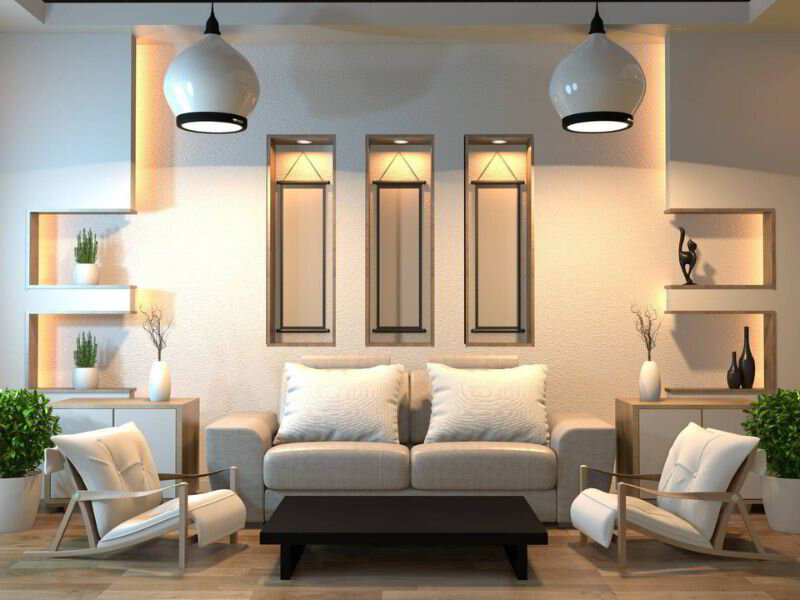
Common Mistakes in Realistic Form Interior Design
Even with the best intentions, it’s easy to make mistakes when designing your space. Here are a few common pitfalls and how to avoid them:
Top Mistakes
- Ignoring Function: Prioritizing aesthetics over usability.
- Overcomplicating Design: Introducing too many elements that clash.
- Neglecting Lighting: Underestimating the impact of natural and artificial light.
- Forgetting About Flow: Not considering how people will move through the space.
Creating Your Realistic Form Space
Now that we understand the principles, let’s dive into how to create your own realistic form interior design. Here’s a step-by-step guide based on my experiences:
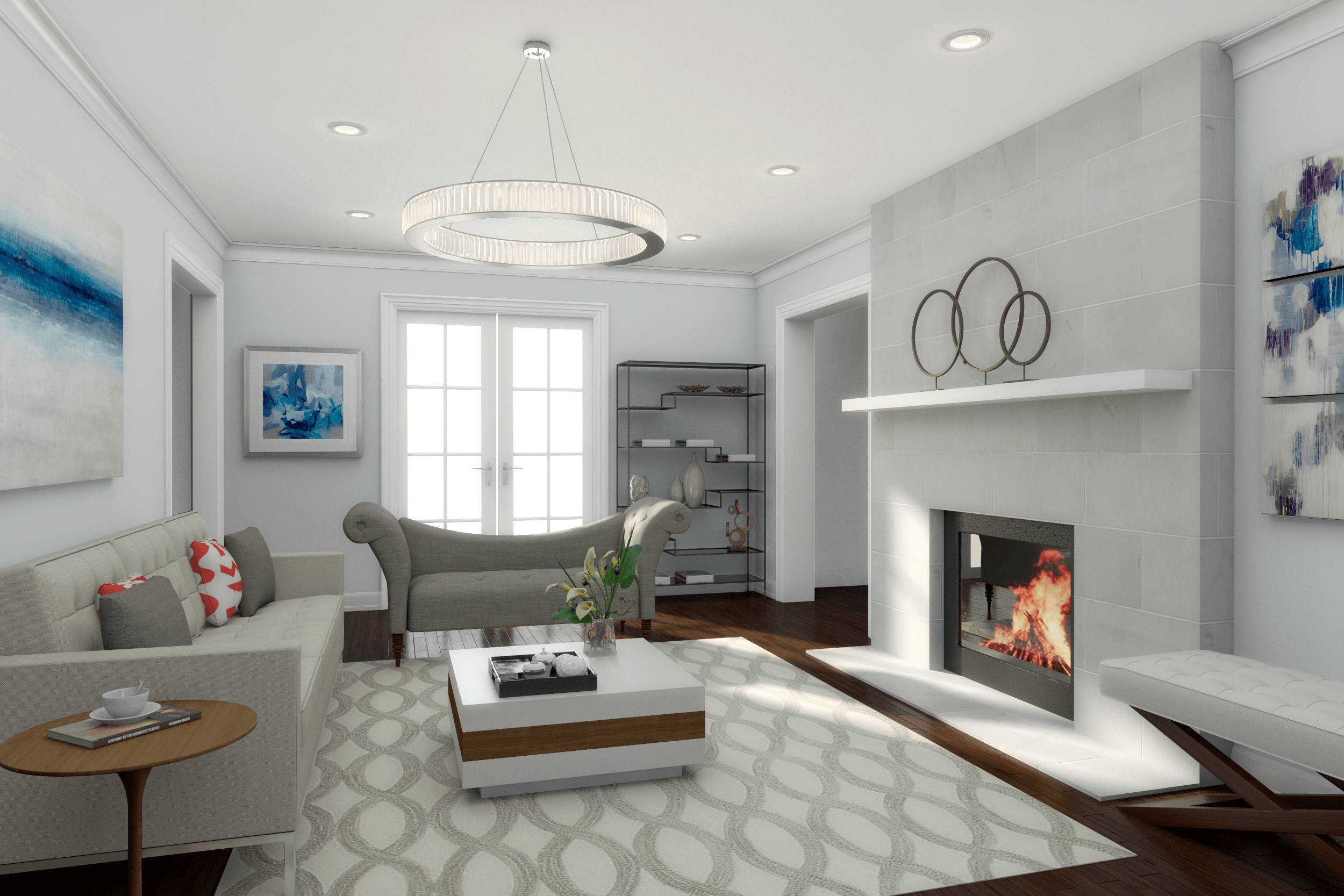
Step 1: Define Your Needs
Start by assessing how you use your space. Create a list of must-haves for each room, ensuring that your design reflects your lifestyle.
Step 2: Choose Your Color Palette
Select colors that evoke feelings of comfort and warmth. Natural hues often work best. I recommend testing a few shades on your walls to find what feels right.

Step 3: Invest in Quality Furniture
Opt for furniture that is both functional and stylish. Look for pieces that offer comfort without sacrificing aesthetic appeal. For example, a beautifully crafted wooden table can serve as both a dining area and a focal point.
Step 4: Incorporate Natural Elements
Integrate materials like wood, stone, and plants to create a connection with nature. I find that adding even a small potted plant can significantly enhance a room’s ambiance.
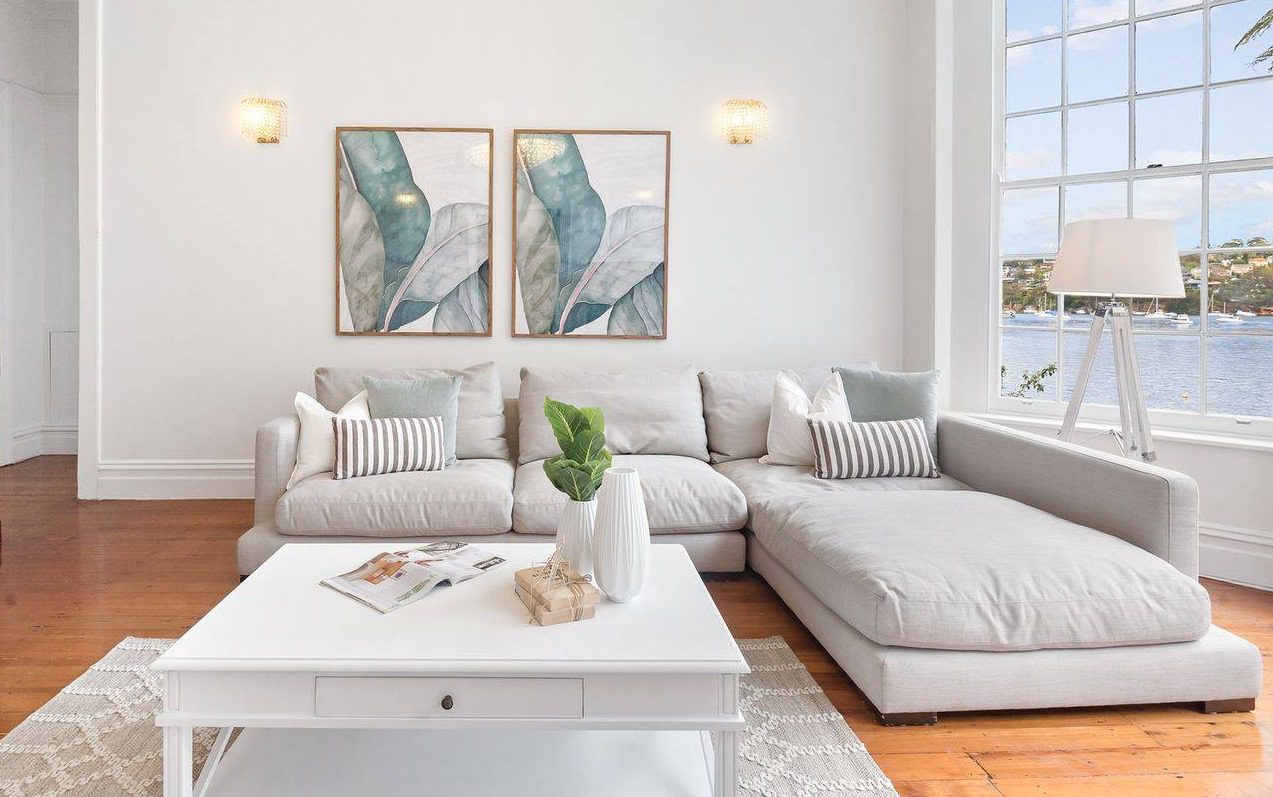
Natural Elements Comparison Table
| Material | Pros | Cons |
|---|---|---|
| Wood | Warmth, durability | Can be expensive |
| Stone | Timeless, unique | Heavy, cold to touch |
| Plants | Enhance air quality, lively | Require maintenance |
Personal Experience: Transforming My Living Room
When I first began transitioning to realistic form interior design, my living room was a hodgepodge of furniture styles. By following the principles outlined above, I was able to create a comfortable, inviting space that reflects my personality. I painted the walls a calming sage green, chose a sturdy oak coffee table, and filled the room with plants, which have not only brightened the space but have also helped improve my mood!
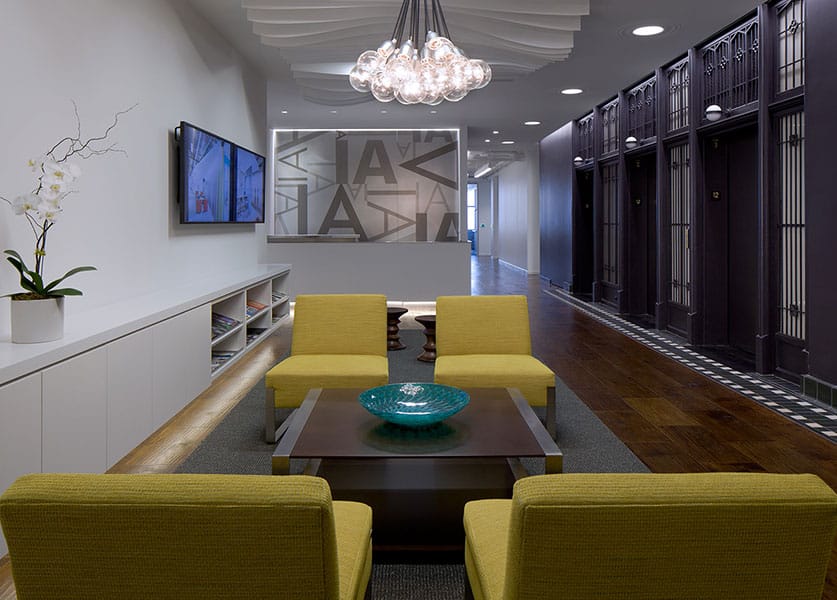
Pros and Cons of Realistic Form Interior Design
Pros
- Promotes a sense of well-being
- Easily tailored to individual needs
- Encourages sustainable design through the use of natural materials
Cons
- Can be perceived as too simple by some
- Requires careful planning to avoid clutter
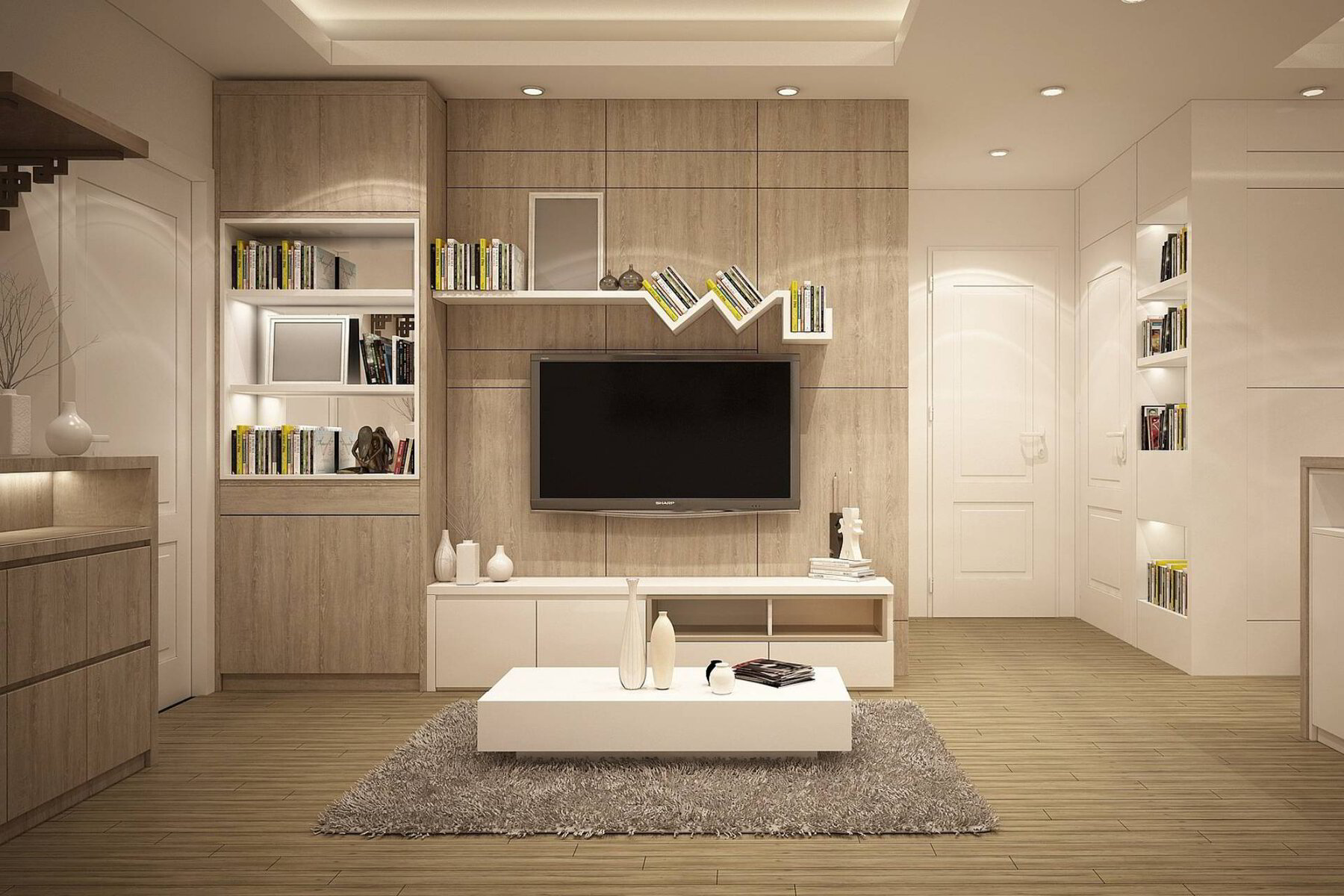
Realistic Form vs. Other Design Styles
To give you a clearer picture, here’s a comparison of realistic form interior design with a couple of other popular styles.
Comparison Table
| Design Style | Focus | Pros | Cons |
|---|---|---|---|
| Realistic Form | Functionality & Comfort | Timeless, personalized | Can be too plain |
| Minimalism | Simplicity & Space | Clutter-free, modern | May lack warmth |
| Bohemian | Eclectic & Artistic | Vibrant, creative | Can feel chaotic |
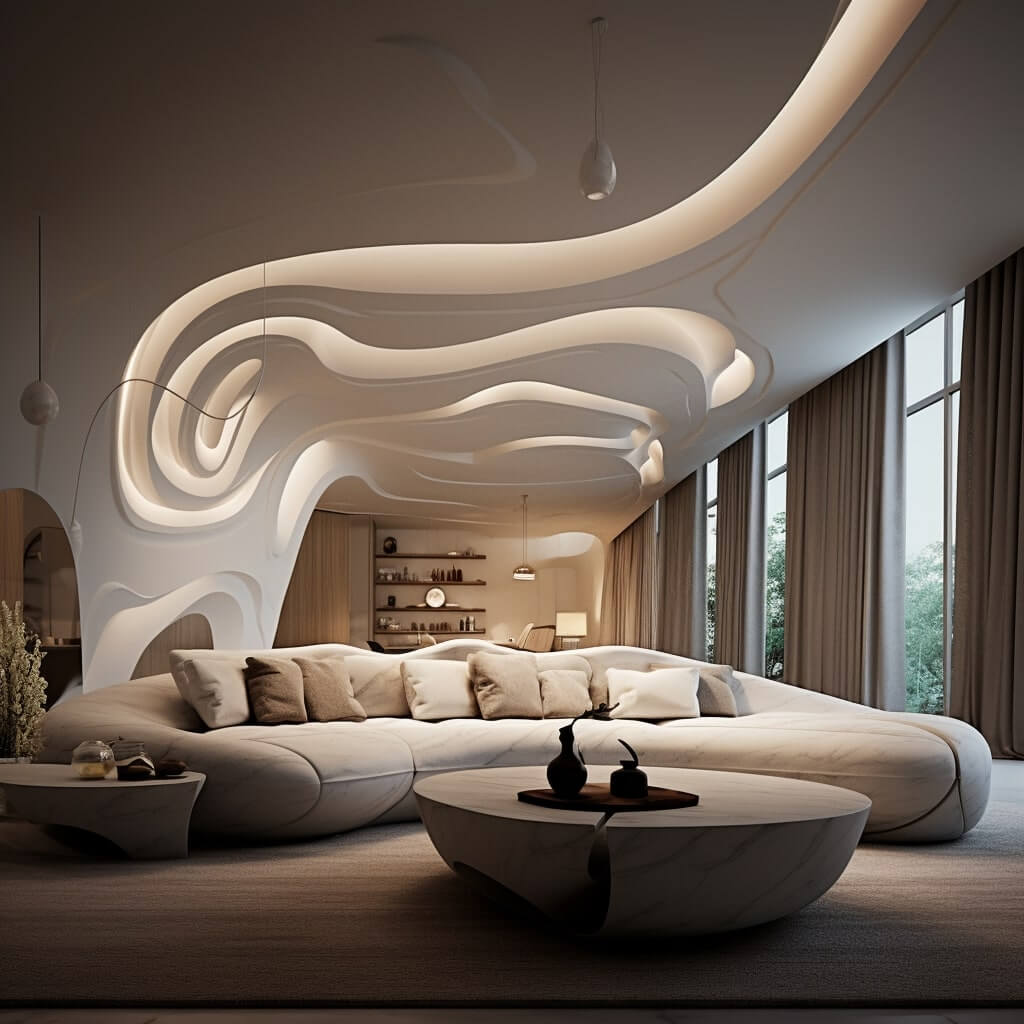
Realistic Form Interior Design FAQ
1. What are the best natural materials to use in realistic form interior design?
Some of the best materials include wood, stone, and organic textiles like cotton and linen. These materials not only enhance the beauty of your space but also create a warm and inviting atmosphere.
2. How can I balance aesthetics and functionality?
Always start with functionality by assessing how you wish to use your space. Then, select aesthetically pleasing items that fulfill those functions. For instance, a stylish storage ottoman can serve both as decor and a practical solution.
3. Is realistic form design suitable for small spaces?
Absolutely! Realistic form design emphasizes functionality which can be especially beneficial in smaller spaces. Opt for multi-purpose furniture to maximize the usability of your area.
4. Can I combine realistic form design with other styles?
Yes, blending different styles can create unique and personal spaces. Just ensure that the combination maintains a sense of harmony and purpose.
5. What color palettes work best for realistic form interior design?
Natural colors such as earthy browns, soft greens, and neutral tones are ideal. These palettes promote tranquility and comfort, making your space feel more inviting.
Conclusion: Embrace Realistic Form Interior Design
Realistic form interior design is about creating spaces that feel genuinely you. By focusing on functionality, comfort, and natural elements, you can transform your home into a sanctuary that both looks beautiful and serves your everyday needs. As you embark on your design journey, remember that it’s okay to start small. Each change you make can bring you one step closer to a home that feels authentically yours.